Good old kanji! You know, the 50,000 some odd characters borrowed from Chinese that are used to read Japanese? They're daunting at first, but get easier once you know the rules. There's the on'yomi and kun'yomi readings, the Chinese and Japanese readings, and all kanji can be read as either one or the other. OR CAN THEY?! There are several Japanese words that don't follow the standard readings. Don't fret, however, because I'm here to clear things up. By the end of this article, you'll have a firm grasp on these renegade kanji and be on your way to understanding them fully.
Jūbako-yomi and Yutō-yomi (Mixed Readings)
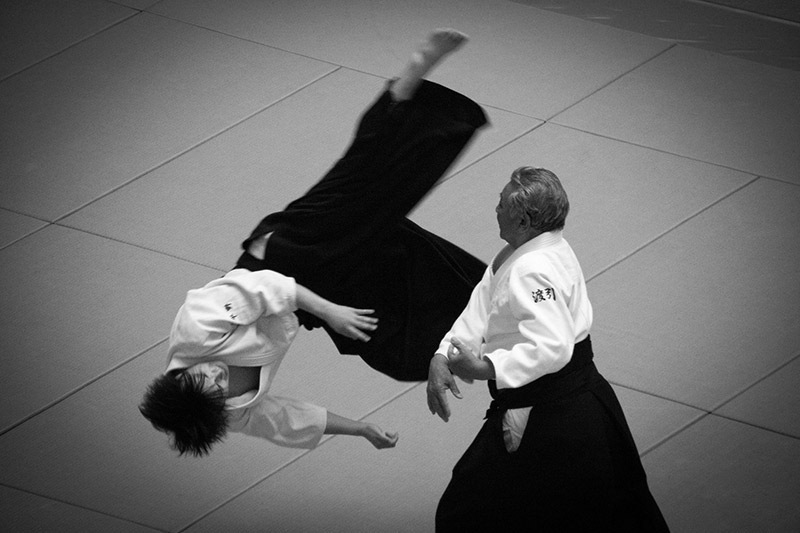
Jūbako-yomi 重箱読み and Yutō-yomi 湯桶読み are both types of compound words, meaning more than one kanji. However, instead of simply taking the on'yomi or the kun'yomi readings, they actually take both. These words are named the way they are because they actually follow the same rules.
In jūbako-yomi the first character takes the on'yomi and the second character takes the kun'yomi.
重箱
重 on'yomi reading jū ジュウ
箱 kun'yomi reading bako ばこ
The opposite of this is yutō-yomi. The first character takes the kun'yomi reading and the second takes the on'yomi reading.
湯桶
湯 kun'yomi reading yu ゆ
桶 on'yomi reading tō トウ
The reason these words ended up mixed like this is because they are hybrid words. This means that the parts that make them up are derived from two different languages. In this case, China and Japan. These words aren't as uncommon as you may think. Here are a few everyday examples:
金色 gold color
金 on'yomi reading kin キン
色 kun'yomi reading iro いろ
場所 place
場 kun'yomi reading ba ば
所 on'yomi reading sho ショ
合気道 Aikidō1
合 kun'yomi reading ai あい
気 on'yomi reading ki キ
道 on'yomi reading dō ドウ
Ateji (Words that Borrow)
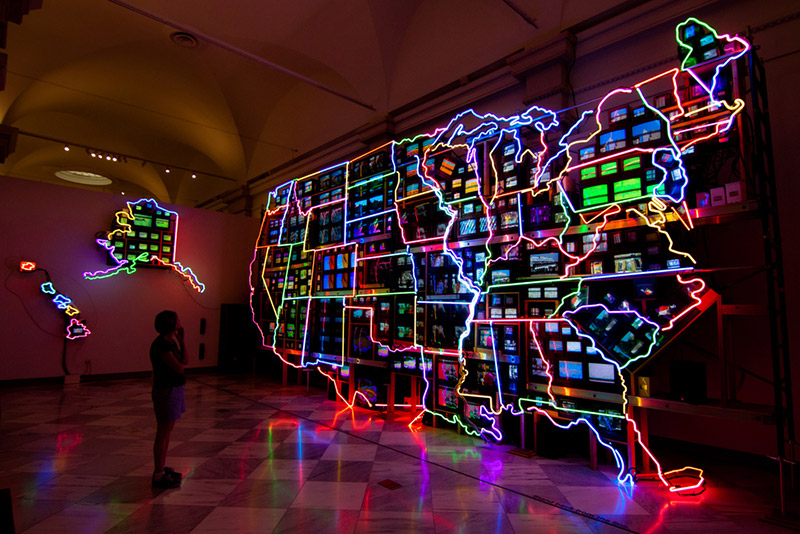
Ateji 当て字 are basically words that borrow only a part of themselves from their kanji, and they are NOT kun'yomi. Way back in time, when Japan was still adapting the Chinese writing system into its own, there were problems with words that already existed in Japanese and new loan words that were imported. A way to handle these old and new words arose, creating three types of these ateji words.
1. Words that borrow the reading of the characters
First we have words that borrow the phonetic value, or reading, of the characters. We see this commonly in country names. Have you ever seen the kanji for America: beikoku 米国. If you look at those characters, they don't really have anything to do with America. 米 means rice and 国 means country. Of all the countries in the world, America isn't exactly at the top of the list for those we would name the "country of rice."
米国 was originally written like this: 亜米利加
They didn't use those characters for their meaning either, they simply used them for their phonetic value, their sounds. Below is the on'yomi reading:
- 亜米利加
- America
Okay, so this spells out "amairika," but you should be able to see why they chose these characters. Using Chinese characters only for their readings was actually something Japan had been doing for a long time, all the way back to the 7th century with man'yōgana.
Man'yōgana is the name of the writing system used in a famous collection of poems called the Man'yōshū. During that time, Japanese was written out using Chinese characters for their sounds, not their meanings. Sentences were just big blocks of kanji (before it was even called kanji). Honestly, it's pretty horrifying to look at. What's worse is there were so many characters with the same sounds, that different characters could be used for the same sounds in the same sentence.
Scary as it was, man'yōgana writing paved the way for hiragana and katakana, and led us to the way we write Japanese today. Love it or hate it, it was a really big deal, and it should help you see why using 亜米利加 to spell out America, made a bit of sense.
The same thing happened with other countries like France, 仏蘭西 which was shortened to fukkoku 仏国. It doesn't mean that it's a Buddhist country at all. Just that the characters 仏蘭西 were pronounced the same way as フランス.
Other words include:
- 寿司 sushi
- 亜細亜 Asia
- 珈琲 coffee
- 流石 as expected
- 沢山 many
2. Words that borrow the meaning of the characters
There are also ateji that borrow the meaning of the characters but not the readings. This happened when the Japanese already had a word for something before the writing system came into use, and there was no existing character in Chinese for whatever it was.
One of the most commonly used examples of this type of ateji is tobacco.
煙草 tobacco
煙 means smoke
草 means grass
Smoking grass, why that's obviously tobacco, right? But if you look up the readings, you won't see any part of "tabako" listed under the on'yomi or kun'yomi readings. That's because the word tobacco, along with the plant, came to Japan via the Portuguese in the 16th century. They were given a way to say it, but they needed a way to write it. So they used the characters for grass and smoke, while still calling it "tabako".
Other words include:
- 台詞 speech
- 南瓜 Japanese squash
- 海老 shrimp
- 海苔 seaweed
3. Words that borrow both
Then of course we have words that take both the reading AND the meaning of the word. If you're wondering how this works, sometimes they were able to find characters that matched the reading and the meaning of the words they were trying to find a way to write. For example:
Kappa 合羽 (raincoat) is a word that was introduced by the Portuguese with the word capa, meaning raincoat. The kanji they chose mean "join" and "wings" which they saw as a great way to represent a raincoat (wings coming together, like how a bird protects itself from the rain). The readings also end up giving you a similar reading to the original capa, with kappa. So they were able to take both the meaning and the reading of the characters for a foreign word.
Other words include:
- 倶楽部 club
- 算盤 abacus
- 剃刀 razor
- 田舎 countryside
Around the Meiji period Japan switched to katakana as a way to handle loanwords, so when you encounter ateji, they're probably from long ago. In some cases newer katakana versions have become more popular, like アメリカ rather than 亜米利加.
Single Character Gairaigo (Loanwords get Kanji)
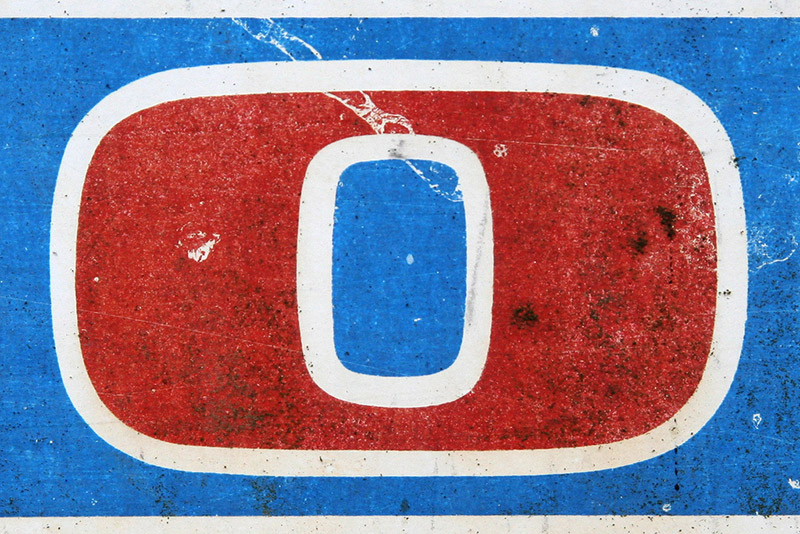
Gairaigo 外来語 is a term used for loanwords in Japanese that are usually spelled out using katakana. These are words like アルバイト part-time job and コンピュータ computer. However, there are some cases where single character gairaigo are given a kanji. Many of these are units of measure, like the metric system, and there are a few that are simply common words.
- mētoru メートル (meter) can be written with the kanji 米
- pēji ページ (page) can be written with the kanji 頁
- zero ゼロ (zero) can be written with the kanji 零
These are NOT ateji because they don't borrow their meaning or their reading from the character. Instead these readings are considered kun'yomi. Is your head spinning yet? Sorry about that because next we're looking at names.
Nanori (Name Readings)
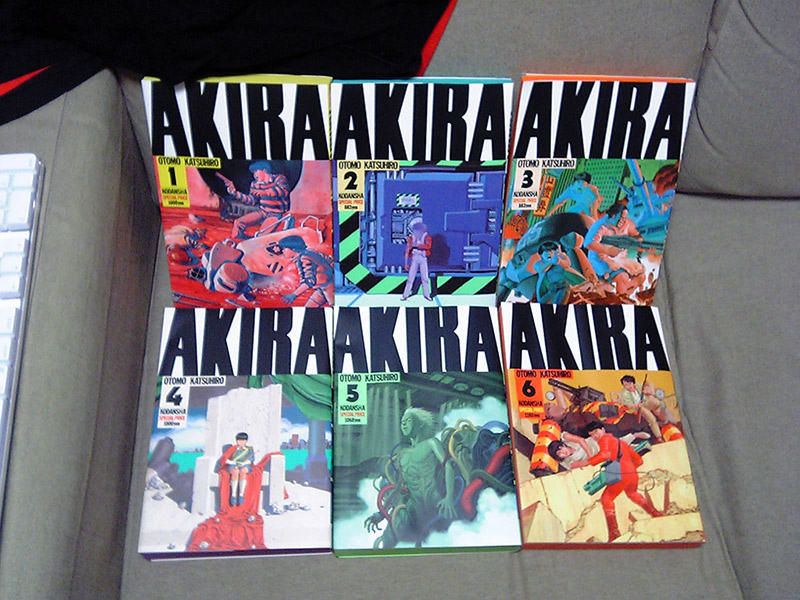
For anyone who has studied enough Japanese, or maybe just met enough people, names can make anyone feel like their language skills are inadequate. Even native Japanese people can look at a written name and not know how to read it because there are SO MANY possible readings for the characters used for names.
One of the reasons for this is that sometimes people go to pick a name for their baby and… well they mess up. A lot of the time, new readings pop up simply because someone's mom or dad made a mistake, thinking that a kanji had a particular reading, and in the end it just gets added on to all the others. Sometimes parents want their child to have a unique name, so they purposefully add on a reading to a character that didn't exist before.
There is some control over the name situation though. The Japanese government has a list of approved kanji to be used for names. The thing is, people always slip through.
Another problem, for non-native Japanese speakers in particular, is that these name readings don't show up in normal dictionaries. Here is an example:
長谷川 is a surname. If you look each character up in a dictionary, none of the readings will help you know how to read this name. Try it out and see what you can come up with. Okay, did you try? Do you have Hasegawa? Of course you don't, because the name readings aren't in your dictionary!
How about 裕仁. If you look these two characters up here is what you will probably find:
裕 has the on'yomi ユウ
仁 can be the on'yomi ジン, 二, or ニン
However, no combination of these readings will give you the real reading of this name. It's actually Hirohito ひろひと, as in Emperor Hirohito.
As a side note – Japanese names can also take on the opposite extreme. Some names can be written a ridiculous amount of ways, while they are all pronounced exactly the same. The name Akira is so popular that there are literally dozens of ways to write it! It can be either a boy or a girl's name too.
彰, 明, 顕, 章, 聴, 光, 晶, 晄, 彬, 昶
Those are just a fraction of the ways you can write Akira! And if you look them up in a normal dictionary, that reading won't even be listed. Luckily sites like jisho.org have an option to search their name dictionary, rather than their general dictionary, so if you don't have a proper name dictionary at home, I'd suggest using theirs. For those of you that are looking for a name dictionary, "Japanese Names: A Comprehensive Index by Characters and Readings" by P.G. O'Neill is a great one. Though you're more likely to find it in a library than a bookstore.
That's All Folks
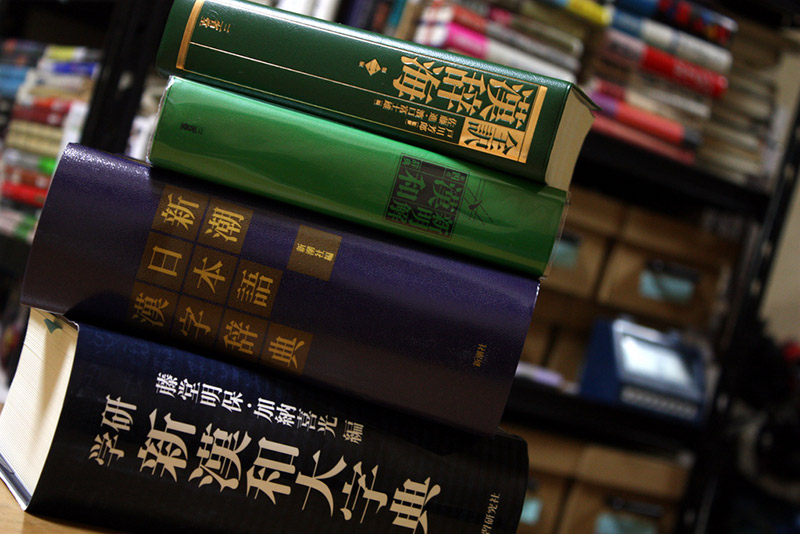
Okay, so if you're still reading, good for you. I know this can be overwhelming but it's some pretty important stuff if you're interested in the Japanese language. Hopefully this helps you realize that words which make no sense at first, actually have reasons for being that way. They simply fall outside of the box you're used to. Break out of that box, my friends!
